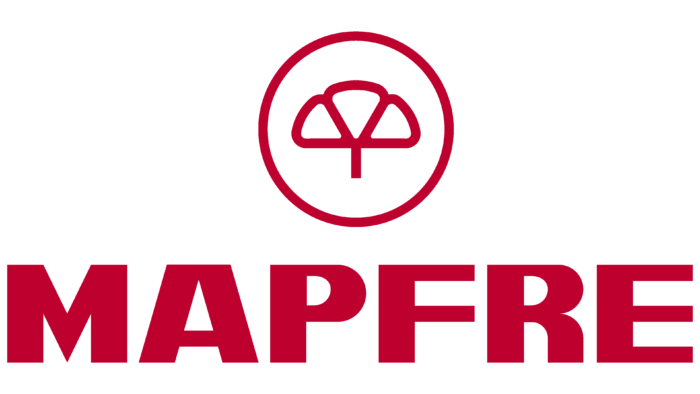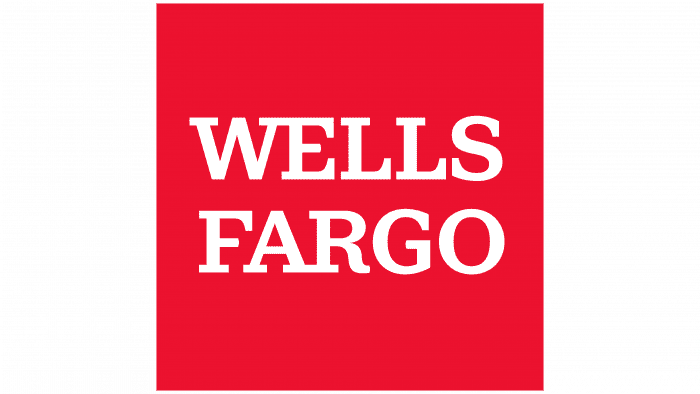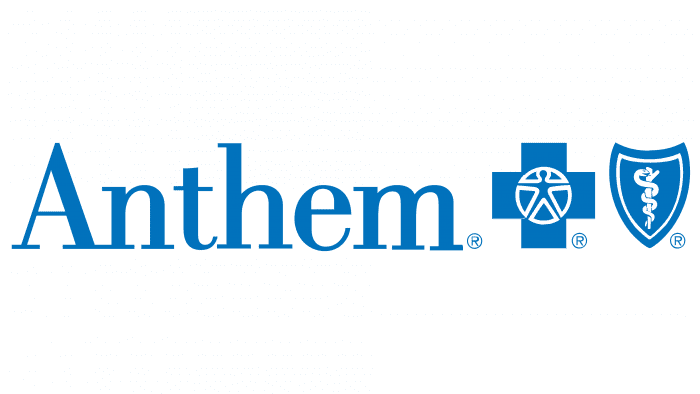Allianz’s logo speaks to the company’s historical roots, patriotism, and commitment to its depositors’ deep care and protection. The emblem incorporates imagery and symbols associated with strength, independence, and love.
Allianz : Brand overview
| Founded: | 5 February 1890 |
| Founder: | Carl von Thieme |
| Headquarters: | Munich, Germany |
| Website: | allianz.com |
Meaning and History
Since the company was founded in the 19th century, its initial emblems used heraldic symbols. It was customary to design individual coats of arms for enterprises at that time. Both founders held noble titles, which also influenced the choice of emblem elements. Over time, despite a gradual shift towards modern branding, the ancient symbol of the Weimar eagle was preserved in each emblem.
What is Allianz?
A German insurance company that began by insuring against car breakdowns and eventually expanded to a broad spectrum of policies, including life, property, business insurance, pension, and corporate plans. The firm and its affiliates serve around 100 million clients. The company’s headquarters are located in Munich.
1890 – 1923
The first logo’s foundation was the emblem of the German Emperor’s standard, featuring an imperial eagle at its center, surrounded by a shield depicting the same bird. This eagle originates from the Roman Empire flags, later adopted by the Austrian Empire, then the German Confederation, and subsequently the German Empire.
The eagle symbolizes unity, power, and strength. The bird’s use reflected the patriotic sentiments of the company’s founders. They envisioned the insurer acting for the citizens’ well-being and the country’s glory.
The company’s name originated from the combined efforts of two businessmen: Carl von Thieme and Wilhelm von Finck.
At the base, the eagle clasps and unifies two flags with its talons:
- On the left white canvas is a monk boy from the coat of arms of Munich. Given that the city’s name translates to “of monks,” its symbol became a servant of God. His right hand is raised in a blessing gesture, and his left holds the book of rules and laws. Munich was home to the Munich Reinsurance Company, with Carl von Thieme as its director, and the Merck Finck & Co. bank, co-owned by Wilhelm von Finck. Thus, the lives of both business people and founders of Allianz were intrinsically linked to Munich.
- On the other canvas is a bear from Berlin’s coat of arms. Allianz AG was established in this city in 1890. The city has been using the bear since 1280 in honor of Albrecht der Bär, the founder of the Markgrafschaft Brandenburg. In the insurer’s logo, it signifies strength and bravery.
Another symbol of unity is the bracket, which binds the two canvases at the top corners. This symbolizes transferring experience and knowledge from Munich business people to building a business in Berlin. This bracket is part of the heraldic stripe at the top of which is written “Allianz.”
1923 – 1977
In 1921, the sole managing director of the company since 1904, Paul Von Naher, passed away. The new head, Kurt Schmitt, decided to refresh the visual identity of Allianz, modernizing it while preserving its roots.
The result was a more schematic depiction of an eagle embracing three chicks. This image carried several meanings:
- Considering the appearance of the chicks, the depiction is likely of an eaglet, ready to do anything to ensure the safety of her offspring. The image embodies the very idea of insurance. The bird represents Allianz, and the chicks represent insured depositors. Figuratively, it also symbolizes life protection. In 1922, the company began selling life insurance policies.
- By the early 20th century, Allianz had several branches in America, Italy, France, Belgium, and the Baltic countries. The white chicks symbolize these branches.
The contrast of black and white signifies that the company absorbs all of life’s “blows,” ensuring that depositors remain completely safe.
The eagle is depicted very schematically and only faintly resembles the Weimar symbol. In the logo, the bird embodies strength, independence, and confidence – attributes of a real eagle. The animal’s depiction draws parallels to the changes that insurance brings to a person’s life:
- It provides independence and the ability to protect oneself and take responsibility for one’s life.
- It gives the strength to overcome any adversity.
Eagles also fly and nest higher than all other birds, giving them a vantage point from above. This emphasizes the foresight of those in insurance, which will yield dividends in the future.
1977 – 1999
The company relocated to Munich after World War II and rebuilt and repurchased subsidiary companies. Only in the 70s did the company regain its position and expand into England, Brazil, and Spain.
With the recovery came a refresh in visual identity. For the first time in many years, Allianz used its name instead of just an illustration. This was necessary for the company to be recognizable in new countries by new people.
The image of the eaglet and chicks became even more schematic and was encased within a circle resembling a seal. The figure represents harmony and comprehensive protection. The heads of the chicks form a heart, conveying the company’s sincere care for its customers.
1999 – today
In the 90s, Allianz reached unprecedented prosperity – branches appeared in 8 European countries, and joint ventures were established in China, South Korea, and Australia. Additionally, asset management and investment programs were expanded.
The global scale is reflected in the updated emblem. The letters of the name have enlarged and stretched upwards, illustrating growth. The eagle’s depiction has become abstract. Within the circle are three stripes. Two symbolize wings, and the central one represents the body and head.
The number 3 signifies completeness and divine blessing. The symbol conveys expansion through its subsidiaries belonging to Allianz.
Font and Colors
The combination of black and white, which represented life’s light and dark streaks, transitioned to a deep blue shade by the beginning of the 21st century. This color evokes feelings of calmness, professionalism, and systematic work without hitches. The shade builds users’ trust, yet it’s not as grim and cold as black.
The font resembles Spartacus Cond Bold but doesn’t have an exact match. The upper serifs on the letters are turned to the left and mimic the eagle’s head and beak’s turn, tying the inscription and image into a unified composition.
Allianz color codes
| Dark Midnight Blue | Hex color: | #133861 |
|---|---|---|
| RGB: | 19 56 97 | |
| CMYK: | 80 42 0 62 | |
| Pantone: | PMS 2955 C |








